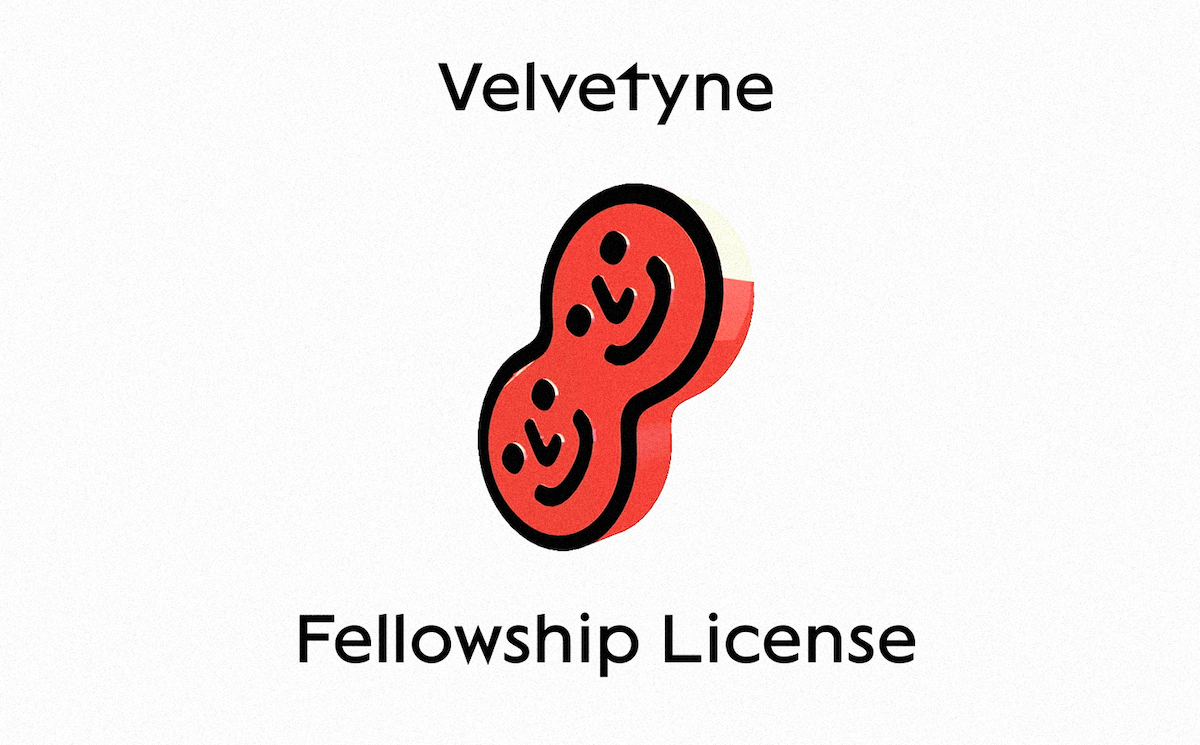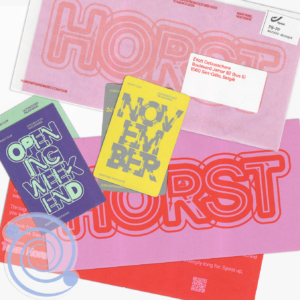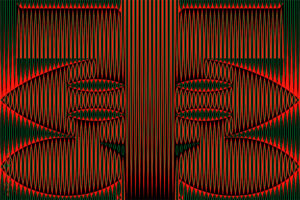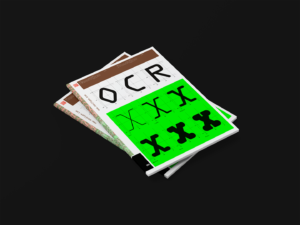Recently, we chatted with Anton Moglia, author of the Velvetyne Fellowship License and member of Velvetyne, to speak about the foundry’s Non Font Objects (NFOs). We think these projects — separate from but related to type design — will introduce some pretty exciting shifts in the culture of design… We dive into the development Velvetyne Fellowship License and discuss some hopeful shifts in the ways we might share work and creativity in the future.
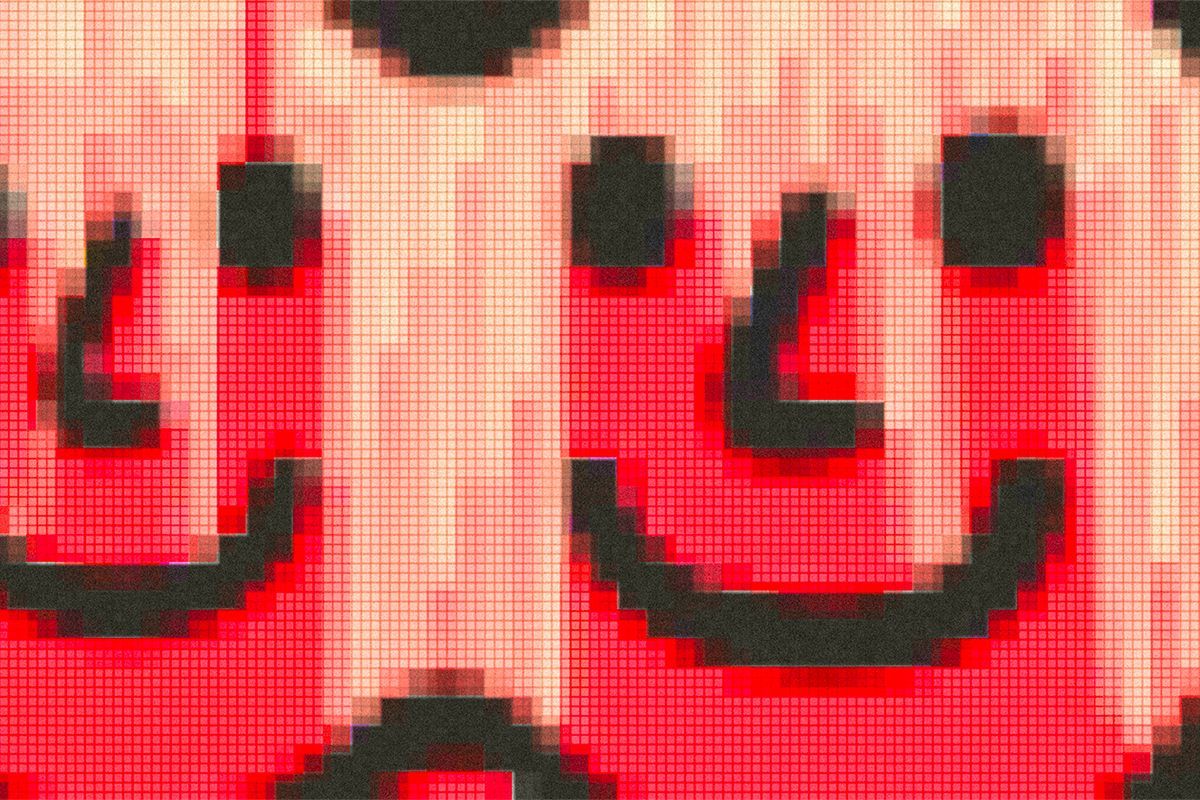
Firstly, could you introduce Velvetyne Type Foundry and tell us a bit about what it is you do, your aesthetics and ethos?
Created in 2010, Velvetyne is the first Francophone type foundry to release open source fonts — allowing their use, modification and redistribution, while encouraging creativity. The workshops we have organized since 2013 allow us to spread our foundry’s values « in real life ». While they’re sometimes not totally finished and always in progress, Velvetyne’s typefaces embrace a common spirit of roughness and sharpness that may make them difficult to use on the first try but which can lead to original and unique designs.
I’m really interested in how the Velvetyne Fellowship License is reshaping the way we operate between licensing and sharing creativity. What sparked the initiation of your NFO project series and this new licensing model?
Thank you for your interest in this license. The VFL is an experimental license which was born from a simple observation: the publication of a typeface is usually accompanied by a type specimen, its promotion, its distribution, etc. These constraints have been inherited from the commercial distribution of typography. Sharing a typeface in the public sphere leads to excellence. However, this means a lot of time and energy and some of my typefaces do not deserve that much energy at their early stages, even if they might be ready to be used by my friends. With the VFL license, you can share typefaces that have nothing to prove and nothing to envy, solitary experimentation and unpretentious typographic games. The VFL was also thought as a tool to share unfinished projects. It allows you to share your work in progress without totally losing control over it.
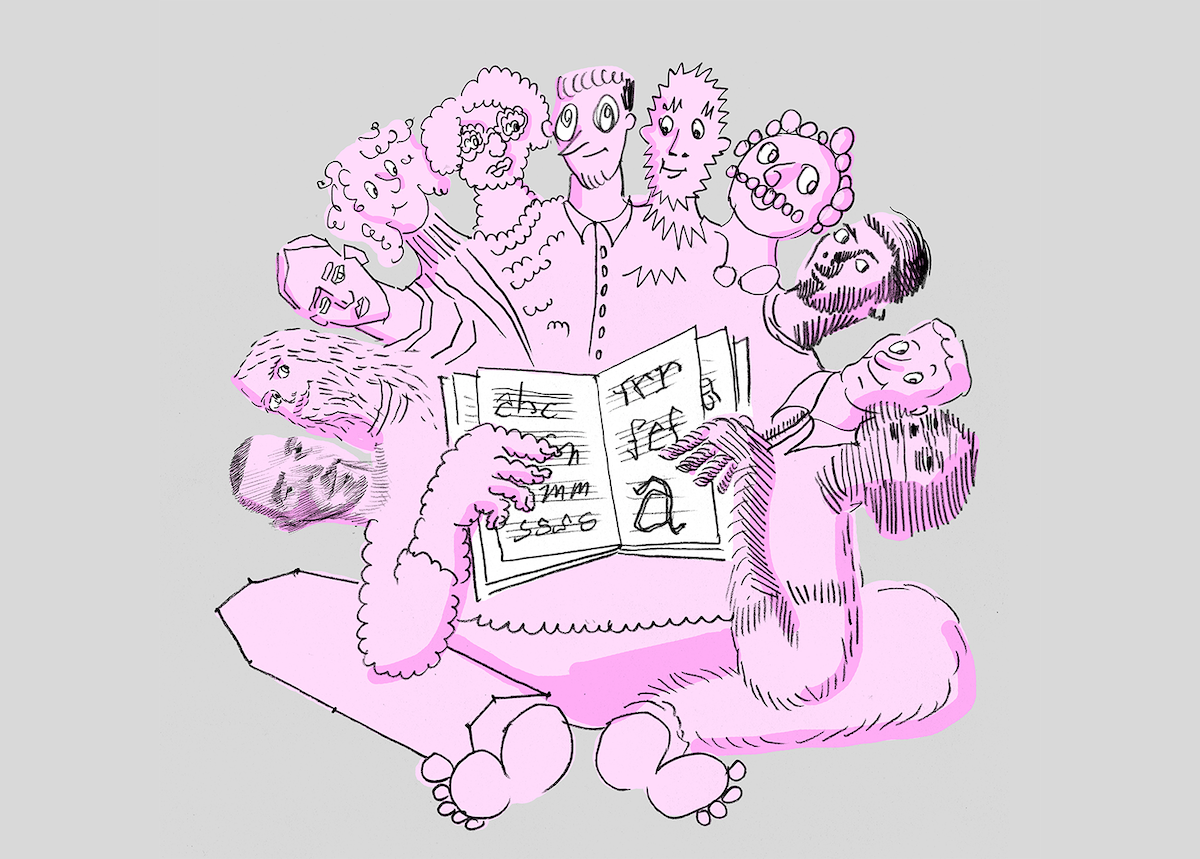
Can you give a little detail on how the Velvetyne Fellowship License will work in practice?
Sincerely, we don’t really know how the license will work in practice, or whether it will work at all. But the idea, to put it simply, is to give designers the opportunity to spread their work in a private circle of friends (or acquaintances). These friends will also be considered as distributors, as they will be able to share the fonts with their own friends, with the only constraint being that they would not be able to make the files available to the general public.
What key issues in the design world do you hope to address in some ways through the license, as well as with your upcoming NFO projects?
Today there is a great effervescence in the typographic sphere, but this agitation can also be seen as a race to publish fonts, particularly on networks like Instagram. In my opinion, what we call social networks are more like commercial networks. I wanted to create a license for my friends, it was maybe a way to develop a real (direct) social network by individually sharing my works with them. At Velvetyne, we hope to encourage sharing, and to open doors to better scenarios for the internet and the design world. We try to promote tools to let individuals enjoy some sovereignty and an internet where creations could be enriched by collaborations. A real political program! NFOS are just a way for us to share all the artefacts we created which are not necessarily related to typography but which can go in that direction. Our message has always been broader than typography itself, but we have mostly released fonts in the past. NFOs appear in this context as an answer to this need of telling stories and messages while freeing ourselves from the font format.
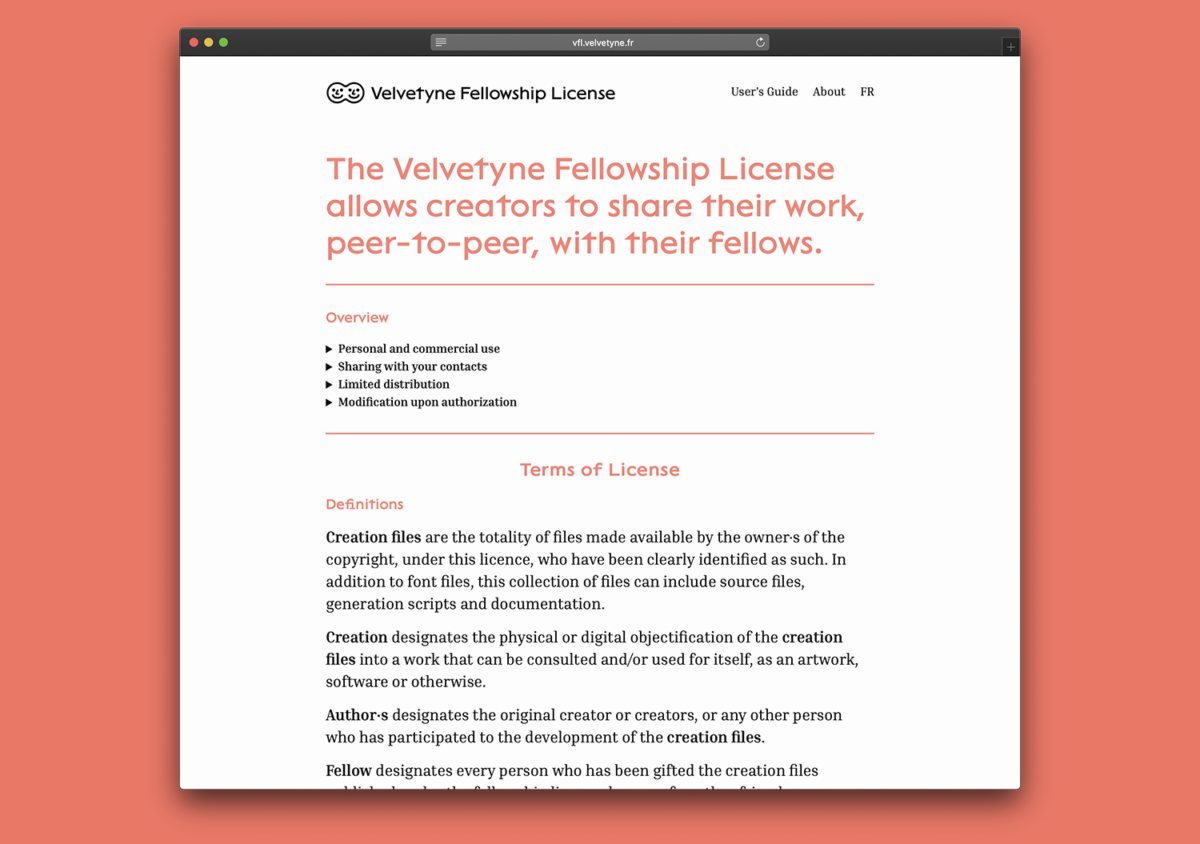
Can you talk us through the design process of the license?
I don’t remember how the idea of this license was born, but I was wondering often about how and where should I distribute my work. I started by writing the main lines of the license during my holidays. Then, I shared a first font with a draft of the license in PDF format, and talked with the Velvetyne Team about this project. I got a good feedback and this created a lot of positive interactions within the foundry. Then, with the help of David Jonathan Ross and Ariel Martín Perez, I was able to refine the text and its translation for official publication. It was an opportunity to make a first NFO. Many others are in preparation!

